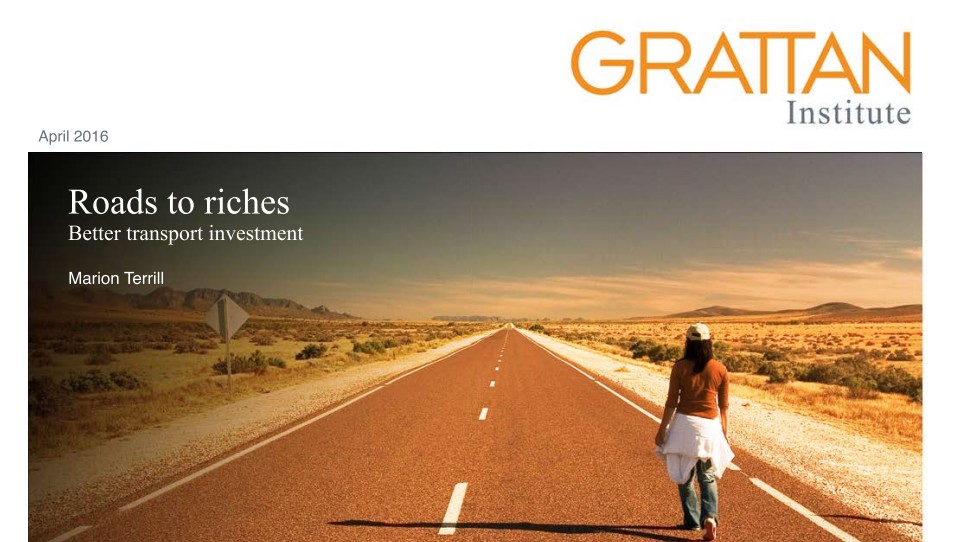Publications
Filter by
500 results found

This policy outlook paper series is part of the Leadership Partner Program with the National Australia Bank.


This publication outlines options for the financing and implementation of a systematic infrastructure action plan for the Seychelles.

This publication assesses the current situation of gender equality and social inclusion in Nepal's agriculture and livestock sector and identifies the barriers faced by women, the poor and excluded groups in accessing agriculture services.

PIMAC, which leads the preparation of pre-feasibility studies in Korea, has prepared sector-specific guidelines for the preparation of pre-feasibility studies in accordance with the General Guidelines for Preliminary Feasibility Studies.

The Ministry of Social Development has published guidance manuals on the procedures to be followed in the public investment process.


The document provides a guidance for planning investments by the Government. The Governments currently cherry-pick the evaluation method that suits the result they want.


This report benchmarks the costs of road construction and the timeliness of infrastructure procurement processes for projects undertaken by states and territories since 2015.

The RPAT provides a standardised tool to evaluate project risk for public spending proposals.

With regards to the emphasis on the proper risk allocation, the Risk Allocation Guideline, which has been released annually, becomes very essential as a key reference in assessing and allocating risks for the purpose of guarantee provision, as mandated by the regulation.

This document discusses how science-based indicators of vulnerability to climate change and of adaptability can inform the prioritization of adaptation assistance from a global adaptation fund.

This paper provides a contextual commentary on the state of infrastructure delivery around the world. The views within are not necessarily that of the GIobal Infrastructure Hub (GI Hub) but are an important viewpoint to contextualise use of the GI Hub’s Improving Delivery Models initiative framework

Infrastructure projects in the Netherlands, such as the construction of roads, bridges and tunnels, have become larger and more complex in recent years. This thesis is about these kinds of infrastructure projects, about the challenges and tensions that go with them, about how people experience them and how they look jointly for solutions, and how they succeed or sometimes fail.

The objective of this review is to analyze the current status on achievement of targeted benefits from distribution privatization and identify the gaps between expectations and realizations, with a key task of proposing concrete procedures and methodologies to ensure that EMRA and other government agencies involved in monitoring and enforcing quality in electricity distribution and retail have timely access to reliable information on service actually provided by the DISCOMs to their customers.


A presentation on the current state of the Indonesian economy and economic policy, including in infrastructure sector.





G20 Leaders endorsed the High Level Principles on Long-Term Investment Financing by Institutional Investors in September 2013, which is intended to help governments facilitate and promote long-term investment by institutional investors.

This report summarises the growing involvement of consumer participation in infrastructure regulation in the context of East Asia and the Pacific.

This paper analyses the outcomes from dynamic pricing of a utility on its profits, in the context of the utility facing competitive fringe, short-run network adjustment costs, theft of service, and the threat of a retaliatory regulatory review.
This policy brief reviews two aspects of independent regulation: institutional efficacy, including primarily autonomy, capacity, and accountability; and the mode of regulation, or the regulator's functional scope. Recommendations are made in the policy brief relating to the entire regulatory process.

This paper examines what factor facilitates most network expansion using micro data from 45 fixed-line and mobile telephone operators in 18 African countries by looking into network externailties and discriminatory pricing.

 Improving Delivery Models
Improving Delivery Models

